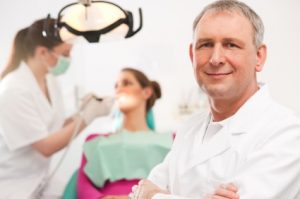 There are five to six million automobile accidents reported in the United States every year, from parking lot fender-benders to far more serious crashes. They are a leading cause of facial trauma, which can be devastating to those who suffer them. But there is hope, with the team of surgeons available at our San Francisco and Cupertino locations, we will do our best to put you back to where you were before the accident.
There are five to six million automobile accidents reported in the United States every year, from parking lot fender-benders to far more serious crashes. They are a leading cause of facial trauma, which can be devastating to those who suffer them. But there is hope, with the team of surgeons available at our San Francisco and Cupertino locations, we will do our best to put you back to where you were before the accident.
Automobile accidents are not the only cause of facial trauma, of course. Serious injuries to the face, upper jaw, teeth, cheekbones and eye sockets can also result from tripping, sports injuries, fist fights and criminal assaults, and work-related accidents. The initial work-up is often performed in a hospital emergency room (ER), in order to rule out other significant injuries such as concussions and so forth. Only after those serious conditions have been ruled-out, then you are cleared for any reconstructive work. Additionally, unknown to most, we have to wait for the swelling to subside before the fractured bones can be re-plated back into their original position.
In general, Maxillofacial surgeons (OMFS) treat a broad range of facial trauma. They are the only field in the medicine and dentistry that has any understanding of the patient’s “occlusion”: how your teeth normally come together. This is only because, an OMFS surgeon is required to attend dental school in addition to medical school. Although this may seem trivial, we see many patients that are treated by other medical specialists who did their best to put back the patient’s facial bones but did not do the same with the teeth. This may improve the outward appearance of the patient BUT they are not able to eat and chew normally.
Facial injuries can affect the patient’s ability to speak and eat, and even to breathe. These injuries can be highly emotional, requiring long-term treatment and multiple surgeries. Because of this we have to take a sensitive approach to the treatment, which some say is considered both a science and an art.
Facial trauma injuries can include soft tissue injuries, such as facial lacerations and injuries to the gums, and tongue; requiring suturing. Maxillofacial surgeons are trained to achieve the best possible cosmetic results, because of their understanding of the underlying substructure which includes teeth and bones.
Damage to the facial bones have to be stabilized, with titanium plates. Unlike the arms and legs, you cannot put a cast on the patient’s face! In some instances, depending on the stability of the fractures, the patient’s mouth may need to be wired together for a short period of time. In either case, the patient will have to be on a soft, puree, non-chewing diet for at 4 or more weeks after surgery in order to allow the bone to heal together. In some rare cases if the bones do not fuse together, then a secondary or tertiary surgery may be necessary.
Facial trauma cases often include the loss of teeth and the surrounding dental structure and bones. Teeth may need to be replaced using dental implants and the maxillofacial surgeon is also the only specialty in medicine that is trained to do this as well.
Dr. Massoomi of Bay Area Surgical Arts in San Francisco and Cupertino is Board-Certified in Oral and Maxillofacial surgery, and has long experience in treating facial trauma, including jaw surgery. Call our office at 408-358-5000 in San Francisco or 408-253-6084 in Cupertino.
*
Data on automobile accidents is from the National Highway Traffic Safety Administration, cited here.
